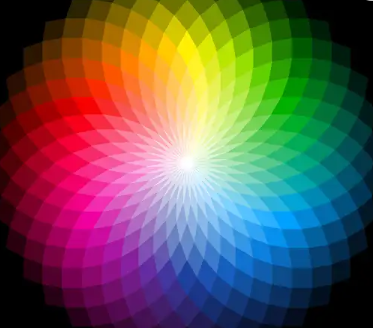
Color is more than just a visual element; it’s a powerful tool in marketing that can evoke emotions, influence decisions, and drive action. Understanding the psychology of colors is essential for businesses aiming to create impactful brand identities and effective advertising campaigns. Let’s delve into how different colors affect consumer behavior and explore strategies to harness their power.
The Impact of Color on Consumer Behavior
Colors can evoke specific feelings and associations, making them critical in shaping how consumers perceive brands and products. Here are some key insights into the emotional impact of various colors:
- Red: Often linked to urgency, excitement, and passion, red is a color that demands attention. It’s frequently used in sales promotions and clearance events, creating a sense of urgency that encourages quick action. Think of those bold “Limited Time Offer” signs!
- Blue: Known for conveying trust, calmness, and stability, blue is a favorite among financial institutions and tech companies. It fosters a sense of security and reliability, making customers feel more comfortable when making purchasing decisions.
- Green: Associated with health, nature, and tranquility, green is commonly used by brands focused on sustainability and wellness. It symbolizes growth and harmony, appealing to consumers’ desires for a healthy lifestyle.
- Yellow: Often viewed as a warm, optimistic, and attention-grabbing color, yellow can create a cheerful ambiance. However, too much yellow may trigger anxiety, so it’s essential to use it thoughtfully within marketing materials.
- Black and White: Black is often perceived as luxurious and powerful, while white exudes simplicity and cleanliness. High-end brands frequently use black to convey elegance, whereas white can create a minimalist, modern look.
Key Strategies for Driving Action
In addition to color psychology, certain marketing strategies can effectively prompt consumers to take action. Here are some key techniques to consider:
- Scarcity and Urgency: Creating a sense of scarcity (e.g., “Only a few left!”) or urgency (e.g., countdown timers) can motivate customers to act quickly, reducing the likelihood of them abandoning their carts.
- Social Proof: Showcasing reviews, testimonials, and indicators of popularity (like “Bestseller” badges) can convince potential buyers to follow the crowd, leading to increased sales.
- Personalization: Personalized messages, such as addressing customers by their names or recommending products based on previous purchases, can create a sense of connection and make shoppers feel valued.
- FOMO (Fear of Missing Out): Leveraging FOMO can be highly effective. Limited-time offers or flash sales tap into consumers’ fear of missing out on a great deal, prompting them to act quickly.
- Clear Call-to-Actions (CTAs): Well-placed, action-oriented buttons like “Buy Now” or “Get Started” in vibrant colors (like red or orange) can guide consumers toward making decisions more swiftly.
Conclusion
Combining the right colors with psychological triggers can create a powerful marketing strategy that influences consumer behavior effectively. By understanding how different colors and marketing tactics can evoke emotions and prompt actions, businesses can enhance their marketing campaigns and improve conversion rates.
Have you considered how you might experiment with these ideas in your marketing research or strategy? Testing various color combinations and triggers, such as scarcity and urgency, can yield valuable insights into consumer perception and decision-making.
